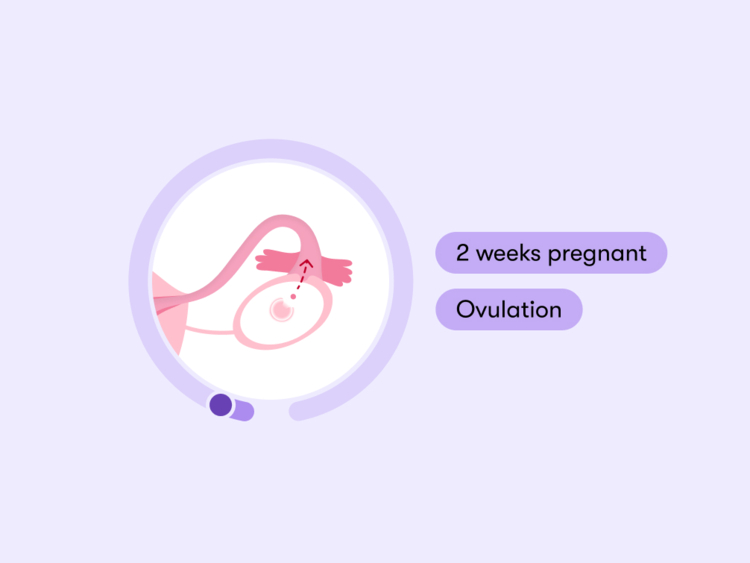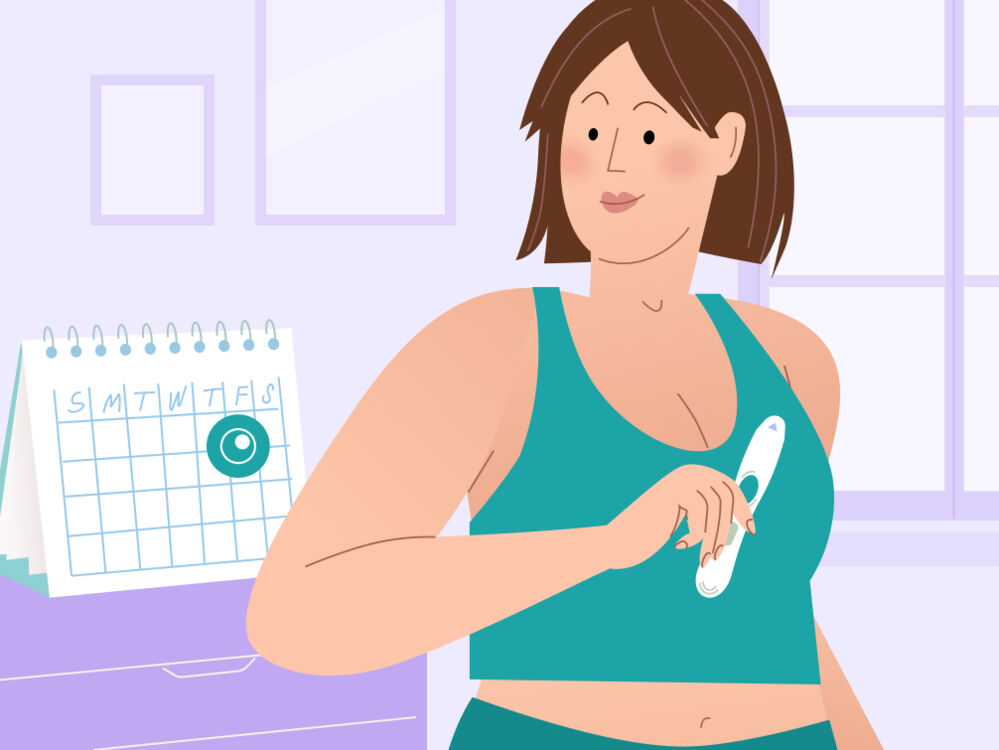Wondering if you might be pregnant can sometimes feel scary and overwhelming, even if you’re hoping for a positive result. But knowledge is power, and knowing the signs and symptoms of early pregnancy can help you feel more prepared and in tune with your body. That’s why we’ve created this week-by-week guide with insights from a Flo expert.
Read on to find out if you can feel any symptoms at 2 weeks pregnant, how pregnancy is calculated, plus what’s likely to be happening in your body at 2 weeks pregnant.
Your pregnancy at 2 weeks
The weeks of your pregnancy are counted from the first day of your last period. So as weird as it sounds, at 2 weeks, you aren’t actually pregnant yet. In fact, you would only be considered 2 weeks pregnant in hindsight. Confused? Let’s do a quick biology lesson. Medically speaking, the gestational age (or the “age” of your pregnancy) is different from the fetal age (or the “age” of your baby). Gestational age is calculated from the start of your last period, while fetal age is calculated from the time of fertilization. You can learn more about gestational age in our handy guide.
This might seem strange and confusing at first, but if you do conceive, counting the weeks like this will make more sense as your pregnancy progresses. Dr. Jenna Flanagan, academic generalist obstetrician and gynecologist, Beth Israel Deaconess Medical Center, Massachusetts, US, explains why gestational age is calculated this way: “Due to the fact that the fertility window spans approximately 7 days, dating the pregnancy by when ovulation [the release of an egg] occurred is inherently inaccurate,” she explains. “Many people do not know when ovulation occurs or the exact day fertilization or implantation occurs. However, the first day of the last menstrual period is often a day people track whether they are trying to conceive or not.”
So, to recap, 1 week pregnant is the start of your new cycle. 2 weeks is the start of ovulation and your body releasing an egg, ahead of a potential fertilization of that egg by a sperm. Once a fertilized egg has implanted into your uterus, then you are officially pregnant — usually between 6 and 10 days after ovulation.



